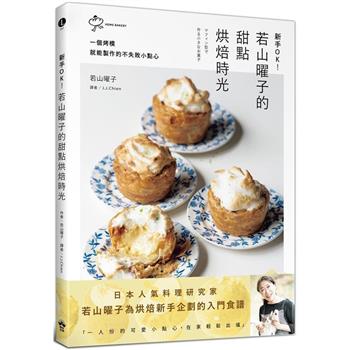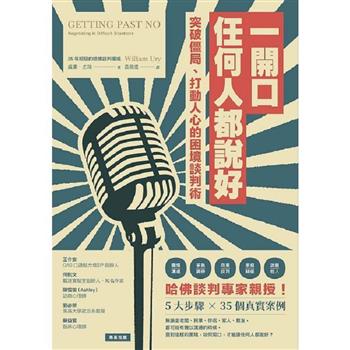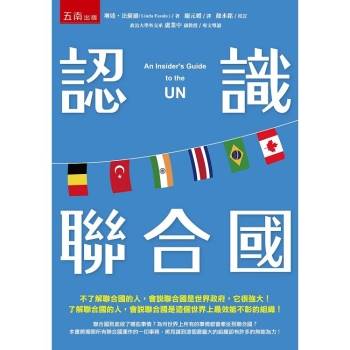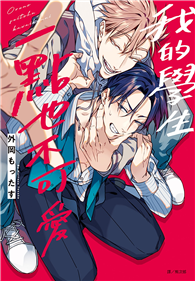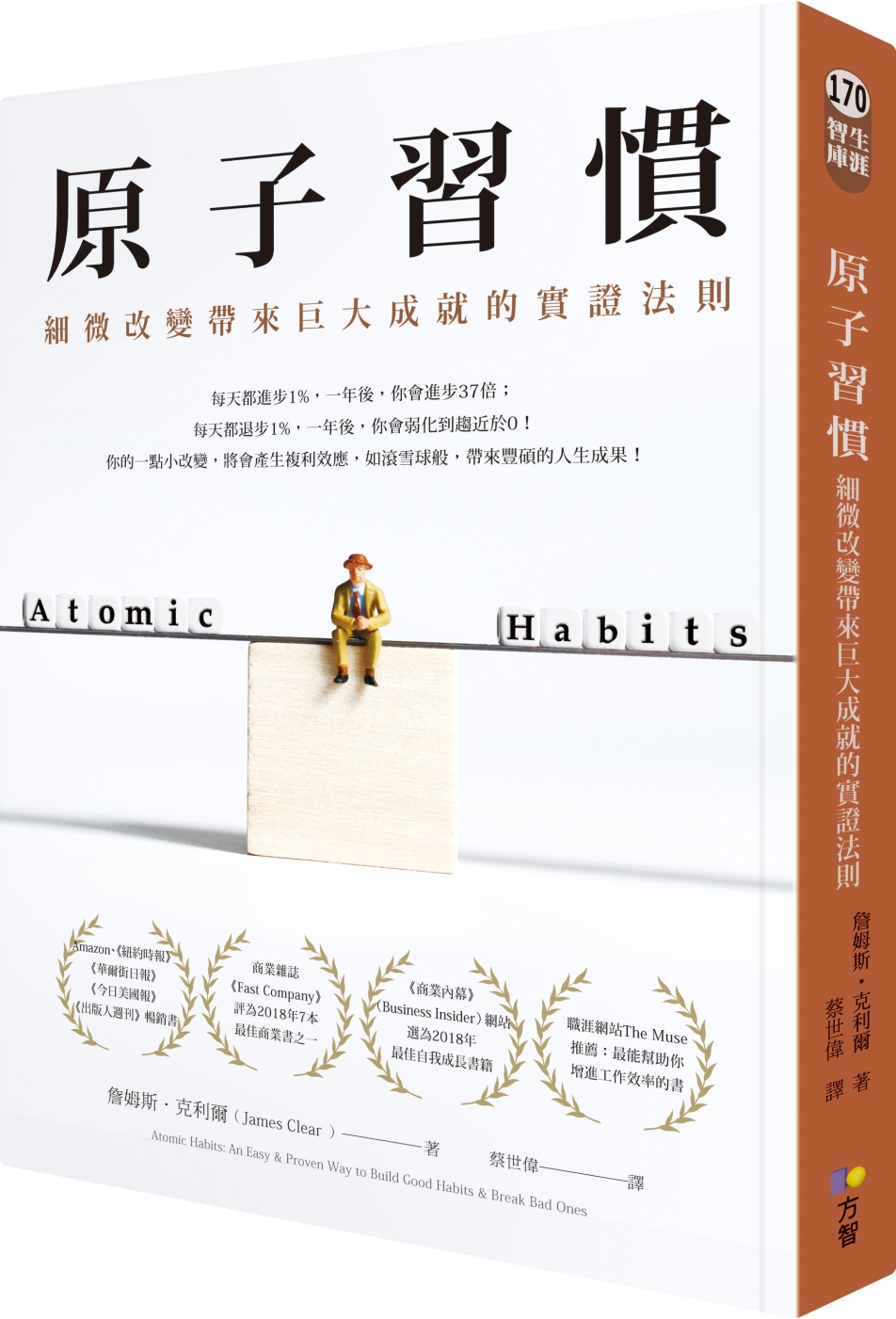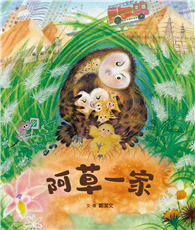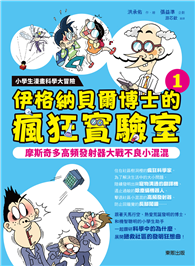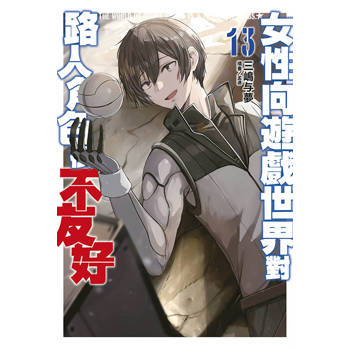| FindBook |
|
有 1 項符合
Betwixt and Between: Life, Death, and Rebirth(人生的起點和終站)英文版 (電子書)的圖書 |
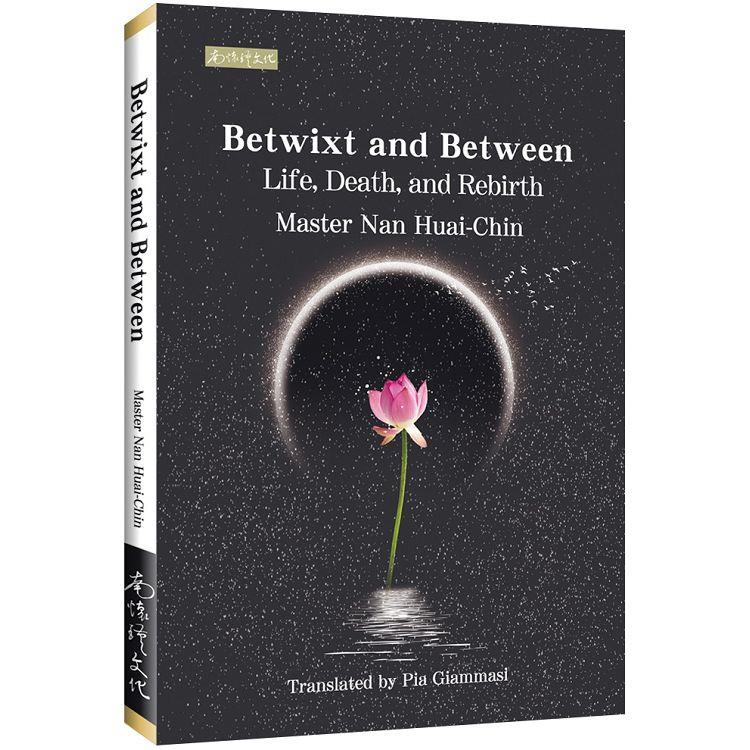 |
$ 154 ~ 198 | Betwixt and Between: Life, Death, and Rebirth【金石堂、博客來熱銷】
作者:南懷瑾(Master Nan Huai-Chin) 出版社:南懷瑾文化事業有限公司 出版日期:2023-09-01  共 5 筆 → 查價格、看圖書介紹 共 5 筆 → 查價格、看圖書介紹
|
|
|
 電子是一種帶有負電的次原子粒子,通常標記為 e − {\displaystyle e^{-}\,\!} 。電子是第一代輕子,以重力、電磁力和弱核力與其它粒子交互作用。輕子是構成物質的基本粒子之一,無法被分解為更小的粒子。電子帶有1/2自旋,是一種費米子,根據包立不相容原理,任何兩個電子都不能處於同樣的量子態。電子的反粒子是正子,其質量、自旋、帶電量大小都與電子相同,但是電量正負性與電子相反。電子與正子會因碰撞而互相湮滅,並在這過程中,生成一對以上的光子。
電子是一種帶有負電的次原子粒子,通常標記為 e − {\displaystyle e^{-}\,\!} 。電子是第一代輕子,以重力、電磁力和弱核力與其它粒子交互作用。輕子是構成物質的基本粒子之一,無法被分解為更小的粒子。電子帶有1/2自旋,是一種費米子,根據包立不相容原理,任何兩個電子都不能處於同樣的量子態。電子的反粒子是正子,其質量、自旋、帶電量大小都與電子相同,但是電量正負性與電子相反。電子與正子會因碰撞而互相湮滅,並在這過程中,生成一對以上的光子。 由電子與中子、質子所組成的原子,是物質的基本單位。相對於中子和質子所組成的原子核,電子的質量顯得極小。質子的質量大約是電子質量的1836倍。當原子的電子數與質子數不等時,則該原子會帶電;稱該帶電原子為離子。帶正電的離子叫陽離子,其電子數小於質子數;帶負電的離子叫陰離子,其電子數大於質子數。若物體的電子數不等於質子數,導致正負電量不平衡時,則稱該物體帶靜電。當正負電量平衡時,稱物體的電性為電中性。靜電在日常生活中有很多用途,例如,靜電油漆系統能夠將瓷漆或聚氨酯漆,均勻地噴灑於物品表面。
電子與質子之間的庫侖力能促使電子被束縛於原子內部,因此為束縛電子。兩個以上的原子,會交換或分享它們的束縛電子,這是化學鍵的主要成因。當電子不再被束縛於原子內部,而能夠自由移動於原子以外的空間時,則稱此電子為自由電子。多個自由電子共同移動所產生的淨流動現象稱為電流。在許多物理現象裏,像電傳導、磁性或熱傳導,電子都扮演了重要角色。移動的電子會產生磁場,也會被外磁場偏轉。呈加速度運動的電子會產生電磁輻射。
根據大霹靂理論,宇宙現存的電子大部份都是生成於大霹靂事件。但也有一小部份是因為放射性物質的β衰變或高能量碰撞而生成的。例如,當宇宙線進入大氣層時遇到的碰撞。在另一方面,許多電子會因為與正子相碰撞而互相湮滅,或者,會在恆星內部製造新原子核的恆星核合成過程中被吸收。
在實驗室裏,像四極離子阱一類的精密尖端儀器,可以長時間束縛電子,以供觀察和測量。大型托卡馬克設施,像國際熱核融合實驗反應爐,利用磁場來約束住高熱電漿中的電子和離子,藉以實現受控核融合。無線電望遠鏡可以用來偵測外太空的電子電漿。
電子被廣泛應用於電子束焊接、陰極射線管、電子顯微鏡、放射線治療、雷射和粒子加速器等領域。
![]() 維基百科
維基百科
內容簡介
《Betwixt and Between: Life, Death, and Rebirth》is a record of Master Nan’s talks in which he answered questions about the process of death and rebirth. Master Nan weaves together personal anecdotes, scientific knowledge, Buddhist teachings from the Pali Canon, Mahayana sutras, Yogacara, Vijnanavada, and Chan in such an intricate way that those who are curious about the Buddhist perspective on life and death, those familiar with Buddhist teachings, and those who are deep into cultivation will all gain new insights and answers. For its depth, this book is very engaging and hard to put down. Any reader will find it to be a treasure trove and will want to come back to it again and again.
作者介紹
Everything changed when Pia Giammasi met Master Nan in Hong Kong in 1988. Her world turned upside-down, inside out, and expanded exponentially by being enveloped into the enlightened reality of Master Nan. Pia had the privilege of doing oral translation for Master Nan for nearly 30 years and is currently working on written translations of his books.
|
